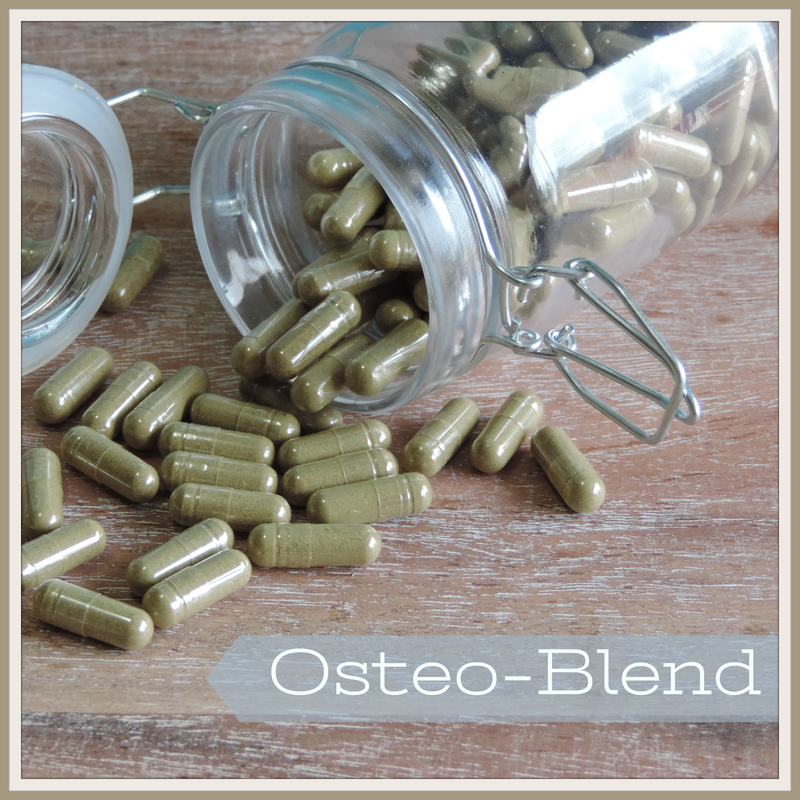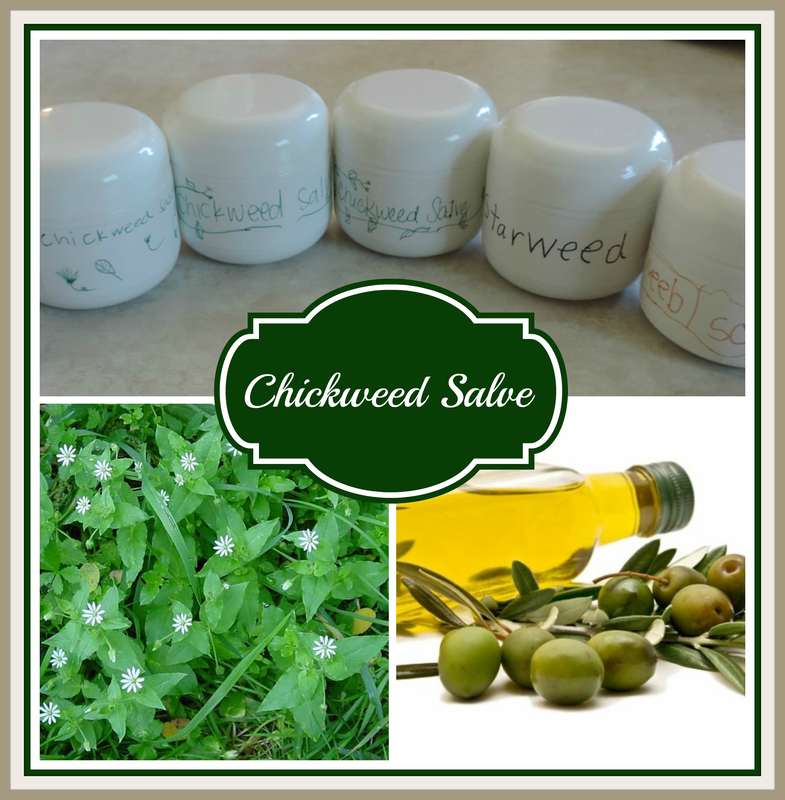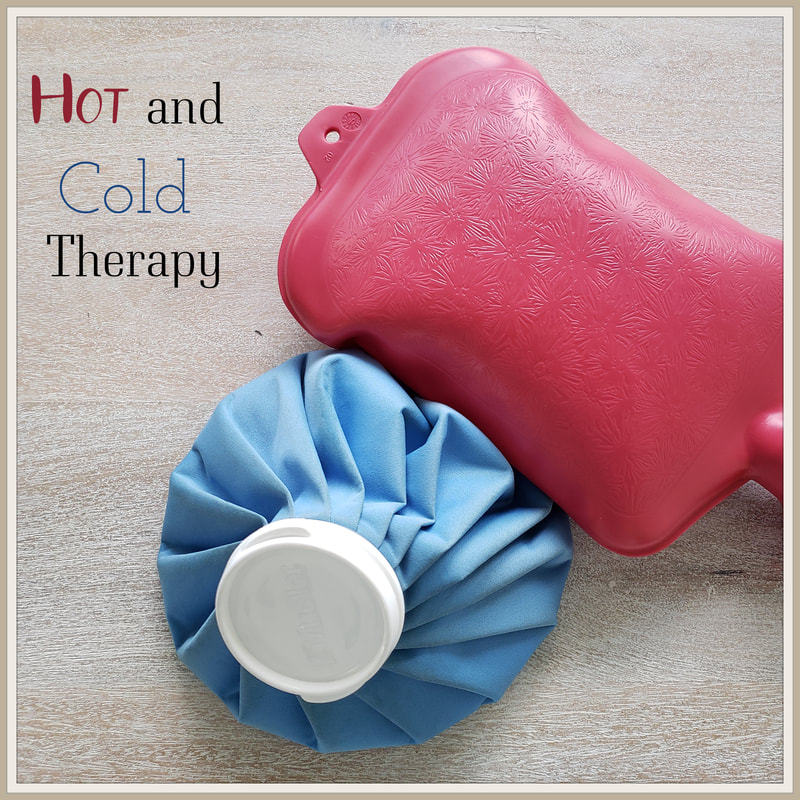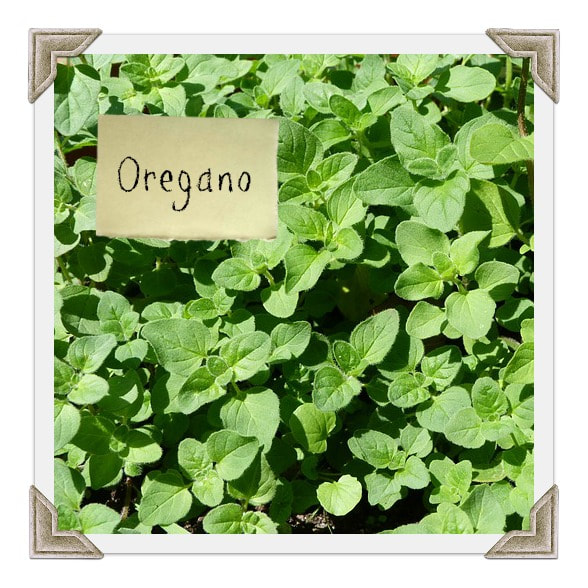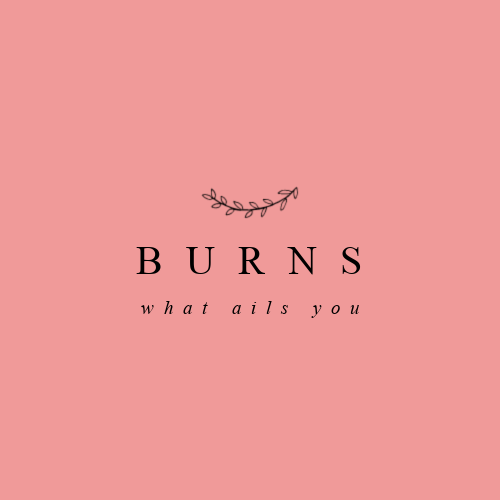Purpose
The skeletal system has several purposes: it gives the body shape and support, protects our vital organs and spinal cord, stores lipids, marrow, and minerals, and produces blood cells. Ligaments are part of the skeletal system since they connect bones together with tough collagen fibers that hold the bones in place at the joint. The ligaments are what allow the body to move around.
Muscles are made of fibrous, stretchy tissue that attach to our skeletal system and organs. Muscles are attached to bones with tendons and give the body the ability and power to move. They also help certain organs in the body to function.
Muscles are made of fibrous, stretchy tissue that attach to our skeletal system and organs. Muscles are attached to bones with tendons and give the body the ability and power to move. They also help certain organs in the body to function.
Bone and Muscle Care
Diet and exercise are the key to a healthy skeletal and muscle system. As with all the other body systems, follow good nutritional practices from Lesson 1 and gut health from Lesson 2.
- Calcium rich foods and herbs are the building blocks for a strong bones and muscles (and nervous system).
- Sugar leaches calcium from the bones and blood.
- Be mindful of foods that can interfere with the body's absorption of calcium such as red meat, soft drinks, alcohol and caffeine.
- Keep within the normal weight limits for your height.
- Regular exercise builds bone density, increases strength, retains coordination and balance to prevent falls that could result in injury.
- Vitamin D assists in the absorption of calcium and plays an essential role in bone health. Sunshine helps the body produce vitamin D and it is also found in fatty fish, fish oils (cod liver, tuna and salmon are highest), sardines, eggs, avocados, and mushrooms.
- Sulfur-containing foods are used to repair and rebuild bone, cartilage, and connective tissue, and aids the absorption of calcium. They include asparagus, eggs, garlic, and onions.
- Nutrient rich foods and herbs: seaweeds, oats, spinach, green leafy, lambs quarter, etc.
Conditions
Joint Pain and Inflammation are considered rheumatic conditions in the body and refers to a group of more than a hundred types of arthritic diseases. Symptoms include pain, stiffness, swelling, bone growths (spurs), diminished range of motion, deformity, redness, swelling and sometimes warmth. There is no known cure just ways to treat the pain and inflammation associated with it.
First Aid
1 - Stay calm and think before acting, keep a positive attitude.
2 - Check for breathing and heartbeat.
3 - Check for bleeding.
4 - Check for shock, head injury, fracture, cuts, dislocations.
5 - Treat a person while staying calm and kind.
6 - Find shelter (if needed), keep victim warm and calm.
2 - Check for breathing and heartbeat.
3 - Check for bleeding.
4 - Check for shock, head injury, fracture, cuts, dislocations.
5 - Treat a person while staying calm and kind.
6 - Find shelter (if needed), keep victim warm and calm.
Best First Aid Herbs
Essential oils:
- tea tree (melaleuca)
- eucalyptus
- helichrysum
- lavender
- chamomile
- pine
- Blends: MelaPlus (Butterfly Express), Melrose (Young Living)
Cuts, scrapes, and wounds:
- Use any of the first aid herbs above as a poultice, wash, compress, oil, or salve.
- Use any of the essential oils above.
Bleeding both external and internal:
- The most effective way to utilize the herbs above to stop bleeding internally (nosebleeds or other internal bleeding) is a tincture under the tongue.
- Nosebleeds: hold an ice cube in the hand while taking one of the herbs from above internally. Ice pack on the back of the neck is also useful.
- External bleeding is best treated using a powdered herb or the first aid powder and pack over bleeding area. Leave on until bleeding stops. A poultice can also be used to pack or cover bleeding area.
Bone and muscle injuries:
Essential Oils:
- wintergreen
- peppermint
- lavender
- lemongrass
- pines and firs
- Blends: Relieve It or Deep Relief (Young Living), Deeper (Butterfly Express)
Drawing herbs and remedies for venomous bites, poisonous plants, splinters, and infection.
Poultices are the best way to utilize the drawing power of these herbs. Compress or bath would be the next best. Also incorporate blood cleansing herbs internally while applying these remedies externally.
- Bentonite clay: Mix enough water to form a gel and apply to area of concern. Wrap in a gauze bandage and plastic wrap for a couple of hours. Remove and wash clay off with warm water.
- Activated charcoal
- Dr. Christopher's Black Ointment drawing salve.
- Homemade Drawing Salve by Dr. Axe
Infections:
- Use remedies for cuts, scrapes, and wounds from above.
- Use drawing herbs and remedies for external infections.
- Use blood cleansing herbs to aid body in removing infection from the body.
- Incorporate antibacterial herbs.
- Essential oils: tea tree, lavender, eucalyptus, rosemary, or blend for first aid or infection.
- When treating an infection, you want to stay on top of it and be as aggressive as the infection. I've had to treat a number of external infections due to injuries, these I change bandages and apply one of the above every hour. I have the person bathe in Epsom salts, bentonite clay, and antiseptic essential oils a couple of times a day in addition to some of the above remedies.
Essential Oils:
- tea tree
- oregano
- peppermint
- lemongrass
- rosemary
- clove
- lavender
- frankincense
- pine
- cinnamon
- Blends: Melrose or Thieves (Young Living), Deliverance or MelaPlus (Butterfly Express), Shield (Mountain Rose Herbs)



